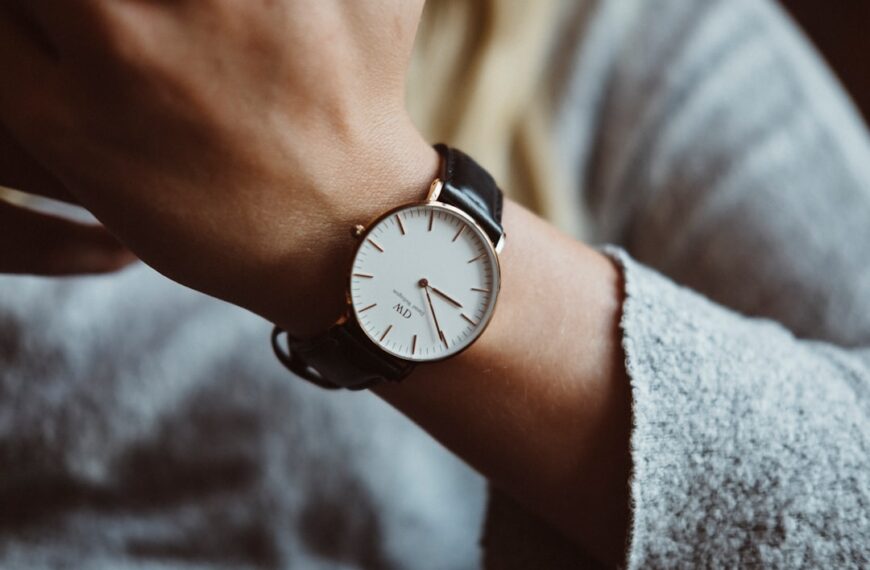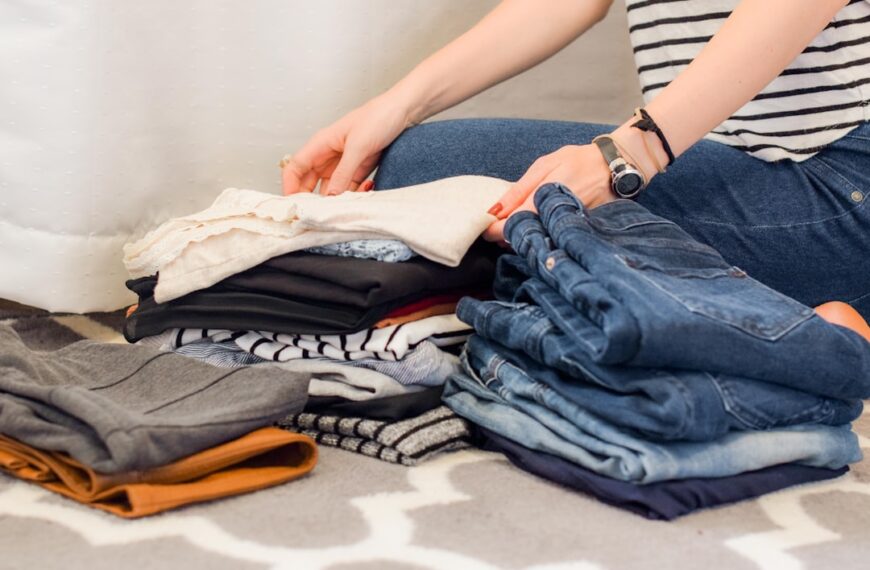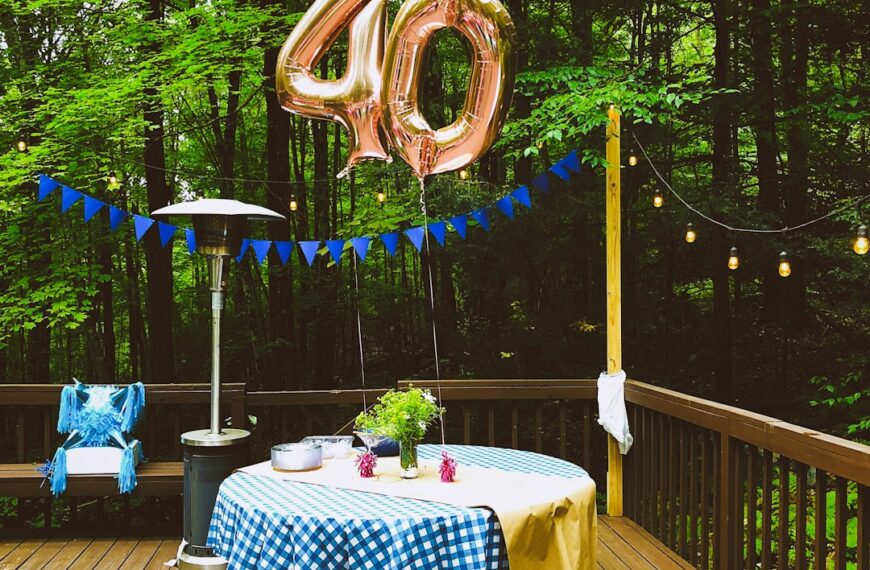Personal style goes beyond the clothes you wear—it’s a form of self-expression that communicates who you are, aligns with your lifestyle, and boosts your confidence. Whether you’re building a minimalist capsule wardrobe or experimenting with bold statements, this guide will help you define, refine, and sustain a style that feels authentically you.
1. Understanding Your Personal Style
- Assess Your Lifestyle & Needs
- Consider your daily activities (office, casual outings, fitness).
- Factor in climate, dress codes, and time constraints for dressing.
- Identify Style Icons & Inspirations
- Browse fashion magazines, street-style blogs, and Pinterest boards.
- Note recurring elements you’re drawn to: color palettes, silhouettes, textures.
- Define Your Style Keywords
- Choose 3–5 adjectives (e.g., “effortless,” “edgy,” “classic,” “bohemian”).
- Use these keywords to guide your shopping and outfit creation.
2. Building a Foundation: The Capsule Wardrobe
A capsule wardrobe is a curated set of versatile pieces that mix and match effortlessly.
| Category | Essential Pieces |
|---|---|
| Tops | White button-down, neutral tees, lightweight sweater |
| Bottoms | Dark-wash jeans, tailored trousers, versatile skirt |
| Outerwear | Classic blazer, denim jacket, timeless trench coat |
| Shoes | White sneakers, loafers, ankle boots |
| Accessories | Leather belt, simple watch, neutral scarf |
- Color Palette: Stick to 3–4 base neutrals (black, white, navy, beige) and 1–2 accent colors.
- Quality Over Quantity: Invest in well-made basics that last through seasons.
3. Dressing for Your Body Shape
- Understand Proportions: Identify where you carry weight (shoulders, waist, hips) to balance your silhouette.
- Highlight Your Best Features:
- Hourglass: Cinched waists, wrap dresses.
- Rectangle: Structured jackets, belts to create definition.
- Pear: A-line skirts, off-shoulder tops to broaden the upper body.
- Apple: V-necks, empire waists to elongate the torso.
- Fit Is King: Tailoring can transform an off-the-rack garment into a custom-looking piece.
4. Mastering Accessories and Details
- Jewelry: Choose pieces that complement your style keywords—delicate chains for “minimalist,” chunky cuffs for “edgy.”
- Belts & Bags: Belts define shape; bags add personality (structured totes vs. slouchy hobo bags).
- Scarves & Hats: Simple ways to introduce pattern, texture, or seasonal flair.
- Grooming & Fragrance: A polished haircut and signature scent complete your overall presentation.
5. Shopping Smart: Budget-Friendly Tips
- Plan Before You Buy: Always shop with a list based on gaps in your capsule wardrobe.
- Quality Second-hand Finds: Explore thrift stores or online resale platforms for high-end pieces at a fraction of the cost.
- Seasonal Sales & Off-Season Shopping: Buy winter coats in spring, swimsuits in fall to maximize discounts.
- Multi-Use Pieces: Look for convertible items (e.g., reversible jackets, detachable collars) to stretch your investment.
6. Evolving Your Style
- Seasonal Updates: Swap accent pieces (scarves, shoes) to refresh looks each season without overhauling your entire wardrobe.
- Trend Integration: Pick 1–2 current trends to experiment with—avoid letting fads overwhelm your core style.
- Declutter Regularly: Every 6–12 months, reassess what you wear most and donate or sell items you haven’t used.
7. Inspiring Continuous Growth
- Document Your Outfits: Take photos of favorite ensembles to identify patterns and successes.
- Seek Feedback: Ask trusted friends or a stylist for honest opinions on new looks.
- Educate Yourself: Follow fashion newsletters, podcasts, or local styling workshops to stay inspired.
Conclusion
Developing a cohesive personal style is a journey of self-discovery, creativity, and practical decision-making. By understanding your body, defining clear style intentions, building a versatile capsule wardrobe, and continually refining your choices, you’ll cultivate a look that’s both timeless and uniquely yours. Start small, stay mindful, and let your personal style evolve as you do.












